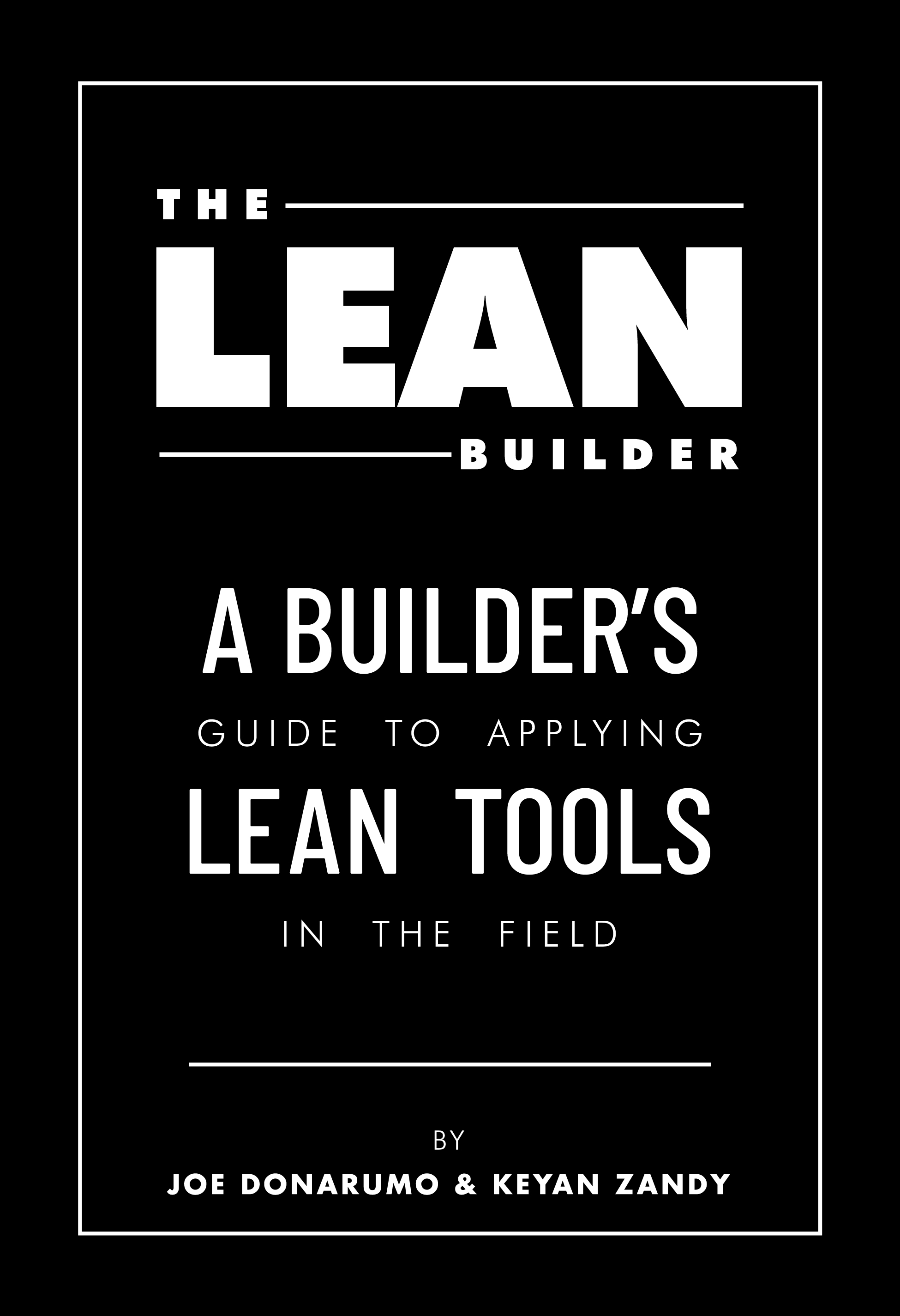It's one of the paradoxes of the environmental movement that-from the first Earth Day, held in 1970 (considered the beginning of the modern environmental movement)-it wasn't until the mid-'90s that the built environment was to be recognized as a significant part of the environmental (a.k.a. "green") movement. The natural environment was the focus of environmental groups, activists, literature, legislation and governmental policy prior to that time. Only one environmental group was active in the area of the built environment: the Natural Resources Defense Council. In fact, it was to be an NRDC senior scientist, Rob Watson, who would be an early pioneer of the LEED program through his tenure as chair of the LEED committee of the United States Green Building Council in the spring of 1995. That's rather ironic considering that, in the United States, commercial and residential buildings account for:
• 12 percent of potable water consumption
• 30 percent of waste output (136 million tons annually of construction and demolition waste or 2.8 pounds per person a day)
• 30 percent of raw materials use (40 percent (3 billion tons annually) globally)
• 30 percent of greenhouse gas emissions
• 36 percent of total energy use
• 65 percent of electricity consumption
Rule Britannia
Our cousins "across the pond" in the United Kingdom were ahead of us colonials here in North America in addressing the built environment's importance to the environmental movement. British scientists were to develop one of the world's first green rating systems for buildings. Under the long-winded acronym Building Research Establishment Environmental Assessment Method, the Brits were blazing a new trail in the burgeoning field of "building green." At the University of British Columbia, another more streamlined green rating system for buildings was being developed called Building Environmental Performance Assessment Criteria.By the early 1990s, it was becoming abundantly clear the United States needed to adapt or create a new a green building rating system of its own. A U.S. version of the UK's BREEAM was considered but rejected upon review. It was to be at the first meeting of the USGBC in April 1993 (hosted by the American Institute of Architects) that David Gottfried fathered the idea of a green building rating system of its very own for the United States. The mission statement of the USGBC is, "Green buildings and communities for a healthy and prosperous planet." The USGBC is a non-profit organization composed of design/construction industry professionals and firms, building: managers, owners and brokers, product manufacturers, governmental agencies, non-profit groups, colleges and universities, building control service contractors and manufacturers and financial/insurance firms.
What was to follow initially began with ASTM E50.06 Green Building Subcommittee. In 1994, the program/concept began that was ultimately (and appropriately) to be given the acronym/name: LEED-in April of 1996, exactly three years after the idea was floated at the first USGBC meeting. By definition, the Leadership in Energy and Environmental Design program is:
"A rating system for providing standardization and independent oversight to claims of environmental performance for non-residential buildings."
Since the introduction of the LEED v.1.0 (version 1.0) Reference Guide in August of 1998, LEED is commonly used informally as a framework for green design and is officially referred to in building guidelines/
codes for many city, state and federal agencies. Current versions of the LEED reference guide bear little resemblance to that first version.
All in agreement
At that USGBC meeting, held in August 1998, so-called "pilot projects" were solicited to test LEED. Administration for these pilot projects was funded by the United States Department of Energy. Those 12 initial pilot projects received the first LEED (v.1.0) certifications on March 30, 2000. As part of the pilot project, the certification was generic-no scores/level (bronze, silver, gold, platinum) were assigned as would be in later versions of LEED. Prior to that milestone date, summer 1999, a modern-day Council of Nicea-like meeting of minds took place. Rather than theology, the topic of discussion would be "Building Green."Held at the Rockefeller Brothers Pocantico Estate, in Tarrytown (now Sleepy Hollow), N.Y., the weekend meeting was a "who's who" of the top environmental building field's thinkers and advocates. LEED v.1.0 guidelines and topic areas for future inclusion in the LEED certification program were reviewed and refined. On May 9, 2000, LEED v.2.0 was approved and implemented. Buildings previously applying-under LEED v.1.0-were grand fathered to receive certification under v.1.0 rather than the more stringent v.2.0.
In part two, we'll continue our discussion of the LEED green certification program with a look at the workings, organization and implementation of the program.




